So You Want To Be a Vlogger? These Are the Best Cameras We Use In Our Own Studio

If you purchase an independently reviewed product or service through a link on our website, Rolling Stone may receive an affiliate commission.
If you’re starting a vlog, using your smartphone camera makes sense because you already have it, but if you want to take your videos to the next level, you should invest in a good vlog camera.
More from Rolling Stone
Editor-Approved Luxe Beauty and Fashion Deals to Shop During Amazon's Second Prime Day
From Kindles to Crest Whitestrips, These Are the Best October Prime Day Deals Worth Shopping Now
For any kind of content creation or podcasting, a professional quality video from a high-end camera can help you stand out from the competition and expand your audience. Video podcasting (affectionately known as “vodcasting”) is a growing industry, and a 2021 study by Podcast Insights found that YouTube was the most popular platform for listening to podcasts, with 43% of podcast listeners using it at least occasionally. However, another survey shows that only 17% of podcasters actually record their episodes in video format.
This means there’s an easy opportunity to differentiate yourself from other creators by offering video content with high production. At Rolling Stone, we use a variety of cameras to capture our content, so here are our top camera picks to get you started in creating professional-looking videos.
In This Article
What Are the Best Cameras for Vlogging?
Cameras for Vodcasting vs. Vlogging
Buying Guide: How We Chose the Best Cameras for Vlogging
What Are the Best Cameras for Vlogging?
Whether you’re doing a solo vlog or filming additional video content for your podcast, these are the best vlogging cameras to consider.
BEST OVERALL: Sony FX30
MOST VERSATILE: Sony ZV-1F
BEST BUDGET-FRIENDLY: Razer Kiyo
BEST CAPTURE ADAPTER: IOGEAR HDMI to USB Type-C Video Capture Adapter
BEST CAMERA RIG: VIVO 16-inch Above/Behind VESA Monitor Livestream Device Shelf
Sony FX30
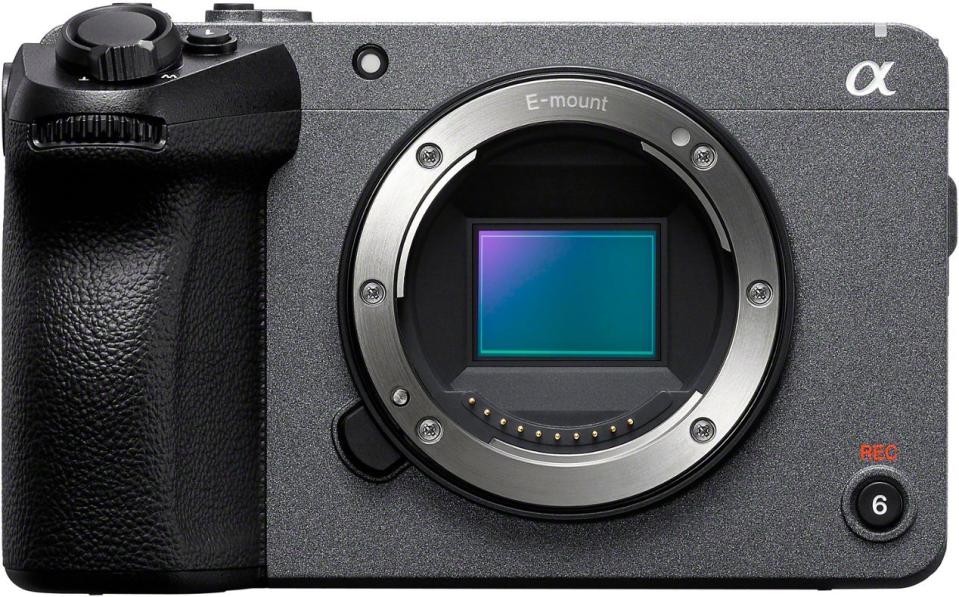
The little brother of Sony’s cinema-grade FX3, the FX30 is what we use on Rolling Stone’s Twitch channel to capture live content. Featuring an advanced imaging system on par with other options in Sony’s Cinema Line — the FX30 captures detailed 10-bit UHD 4K imagery at up to 120 fps with Sony’s newly-developed 26MP APS-C Exmor R CMOS sensor and BIONZ XR processor.
Now, you probably won’t be streaming at that high of an image quality, but if you’re looking to stream at a professional level, and record at the same time, the FX30 has you covered. And unlike most smaller camera options, the FX30 has a full-size HDMI output, bypassing the need for typically flimsy HDMI conversion cables.
Sony FX30
Sony ZV-1F
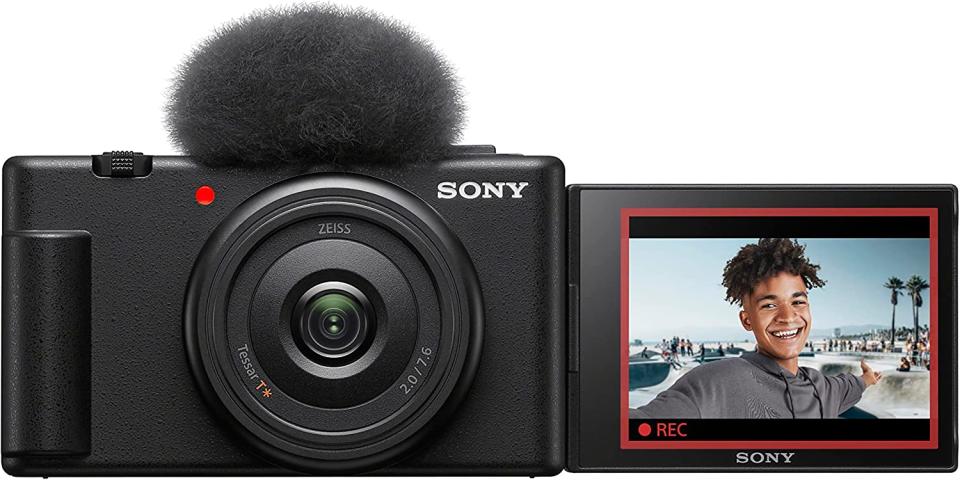
The Sony ZV-1F is a versatile camera designed by Sony specifically for content creators. Improving on the more expensive ZV-1, the ZV-1F features a 20mm wide-angle lens, a flip-out screen, and simple-to-use video features. It also includes a built-in directional microphone and supports the addition of external microphones for improved audio quality.
Plus, with both USB and micro-HDMI ports, you have flexibility in how your computer captures the camera’s output. This camera finds the perfect balance between easy-to-use functionality that gives a high image quality without sacrificing many extraneous features that only the most hardcore camera fans use in favor of an easy user experience.
Sony ZV-1F Vlog Camera for Content Creators and Vloggers
Razer Kiyo
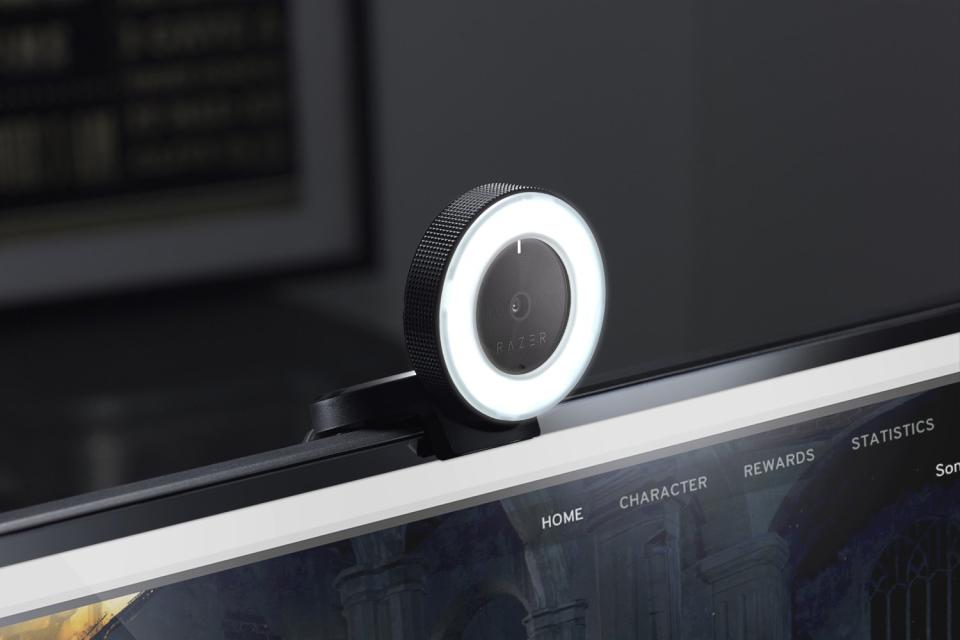
For budget-conscious streamers, the Razer Kiyo features a USB input (bypassing the need for a capture card), wide-angle lens, built-in LED light, and 4-megapixel 1080p30 max image quality to give you an edge over your laptop’s underperforming webcam.
Razer Kiyo Streaming Webcam: Full HD 1080p 30 FPS / 720p 60 FPS – Ring Light w/Adjustable Brightness – Built-in Microphone – Autofocus – Works with Zoom/Teams/Skype for Conferencing and Video Calling
IOGEAR HDMI to USB Type-C Video Capture Adapter

Suppose you want to live stream or record your podcast or vlog directly to your computer. In that case, the plug-and-play IOGEAR Video Capture Adapter is an affordable and accessible option, allowing 1080p60 capture to pair with the free OBS Studio to get started quickly.
IOGEAR HDMI to USB Type-C Video Capture Adapter
VIVO 16-inch Above/Behind VESA Monitor Livestream Device Shelf
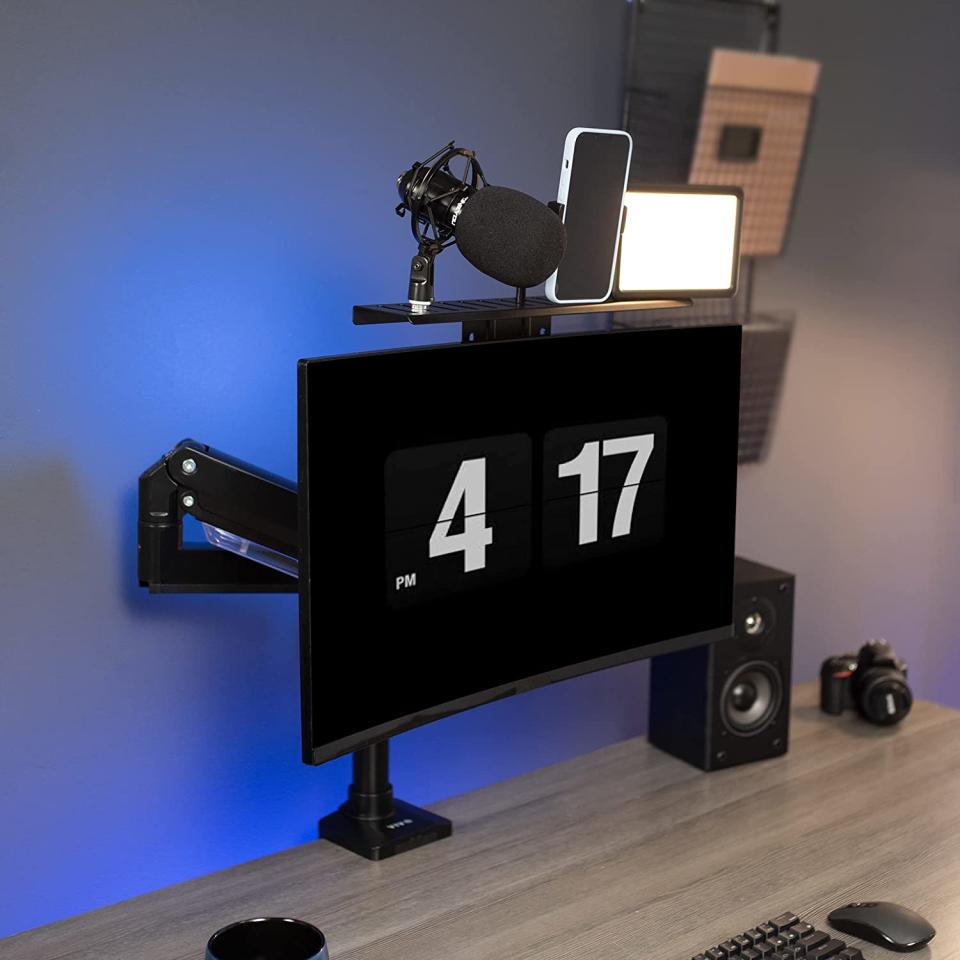
This is our secret weapon choice for maintaining an organized workspace. Simply mount on your computer monitor’s VESA mount and place webcams, lights, mics, and more without wasting precious desk space. Just be sure to buy some ball head mounts to attach the items to the shelf.
VIVO 16 inch Above/Behind VESA Monitor Livestream Device Shelf Mount, Holds Cameras, Webcams, Microphones, Lighting, and More, Fits VESA 100mm, Black, MOUNT-LS16A
Cameras for Vodcasting vs. Vlogging
If you’re serious about vlogging, you should also consider investing in some additional lighting, a lavaliere microphone, a green screen, and decorations, but the camera you use will have the biggest impact on your work.
Even if you’re just filming a podcast, cameras that will be a substantial improvement over using your smartphone, and allow you to make professional-looking videos from any room of your house. If you have an idea for a podcast, YouTube channel, IGTV or Facebook series, and want to stand out among other creators vying for a spot in a crowded field, getting a dedicated vlog camera is a sign of commitment and the first step to stronger content.
Buying Guide: How We Chose the Best Cameras for Vlogging
There are many factors to think about when choosing the best vlogging camera for you; below are the most important ones, which we considered while we were researching this list.
Tilt: The feature that separates vlog cameras from regular ones is their screen, which tilts up so you can see yourself while you record. The cameras in this guide all have a 180-degree tilting screen, so you’re able to frame your shots before you hit record.
Photo and Video: If you’re posting a vlog, you’ll want it to look as crisp as possible. All of the cameras in our guide can shoot video at 4K resolution at 30fps (frames per second), which should get you extremely clear results, especially in good lighting.
Optical Image Stabilization: This feature (typically abbreviated to OIS), allows a sensor in the camera’s lens to move subtly to compensate for small movements. If you have a slightly shaky hand, OIS allows you to get a clean shot. It’s not perfect, but our vlog camera picks all support this feature.
Screen Size: Because your camera’s screen will be tilted at 180 degrees, it’s important that you can see yourself while you record. Our camera picks all have three-inch screens, which are typical of cameras of this size.
Camera Style: We chose a mix of point-and-shoot cameras and a Micro-4/3 style camera for our guide. The main difference between the two styles is that a Micro 4/3 camera allows you to switch out the lens you use. Point-and-shoot cameras have a built-in lens that can’t be upgraded or swapped out later.
1. Panasonic LUMIX DC-ZS70K
If you're just starting your vlog, Panasonic's Lumix DC-ZS70K has the right camera features to make great looking recordings.
The point-and-shoot camera has a 20.3MP sensor, and can take 4K video at 30fps (frames per second). The sensor works with a Panasonic-developed technology called the Venus Engine to improve its performance in low light. The DC-ZS70K has a five-axis OIS system that compensates for vertical and horizontal movements, and uses a software technology Panasonic calls Level Shot to take a straight image, even if you're shooting at an angle.
This camera's best photo feature is called Focus Stacking. The camera takes a picture with a large depth of field, and allows you to adjust which part of the photo you'd like to focus and blur after it's taken. This is something you've been able to do in professional image editing software for years, but it's powerful to have right on the camera.
It's unfortunate that this feature is only really useful if you're a travel vlogger who incorporates a lot of images into your videos. The other features — especially low light performance — will make a much bigger difference when taking video.
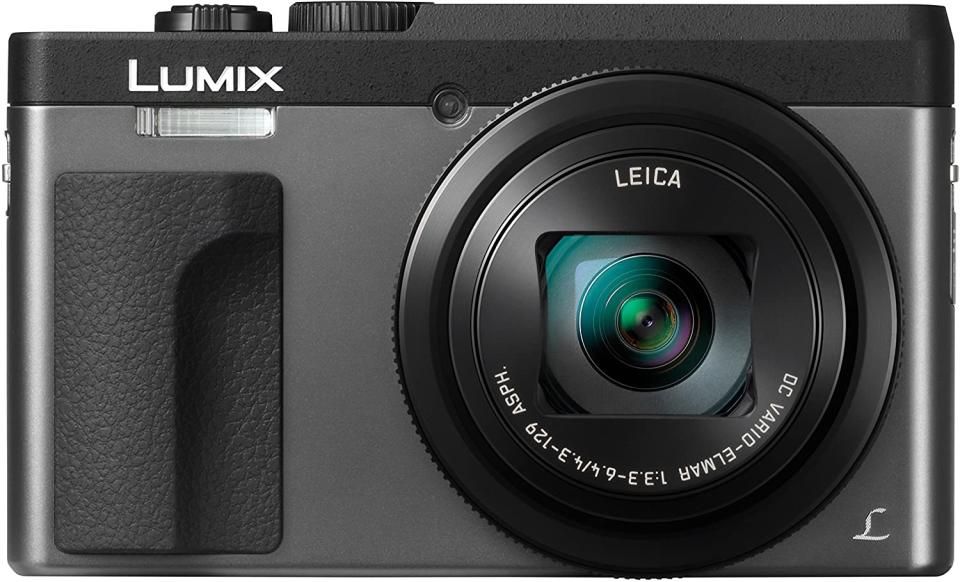
Panasonic LUMIX DC-ZS70K
2. Canon PowerShot SX740
If your vlog takes you outside of your home and into the world, you'll need a camera with tech features that'll help you get it edited and posted as quickly as possible.
Canon's PowerShot SX740 is a point-and-shoot that nails the camera features you'll need to get great footage. It has a 20.3MP lens, can take 4K video at 30fps, and uses a built-in gyroscope that helps calibrate its "dual-sensing" optical image stabilization. The camera's 40x optical zoom also allows you to take close-up shots from far away without introducing any pixilation, which occurs when you use digital zoom.
What helps this camera stand out is its built in WiFi and Bluetooth antennas. You can connect the camera directly to your phone, tablet, or computer (iOS, Android, Mac, and PC), to transfer video wirelessly. That means you're able to shoot footage, send it to a phone, edit it, and upload it without ever going back to your home. You can also transfer video to your phone, sync it up to the cloud, and have it waiting for you on your computer when you get home.
The PowerShot SX740's wireless hardware also allows it to geotag every shot you take, so you can find it by searching your video library for a particular place. Finally, you can use your phone as a remote shutter button to start and stop videos without touching the camera. Its OIS system and low light performance may not be as sophisticated as the one in the Panasonic camera we recommend, but the Canon PowerShot SX740 deserves consideration for its technical specs alone.
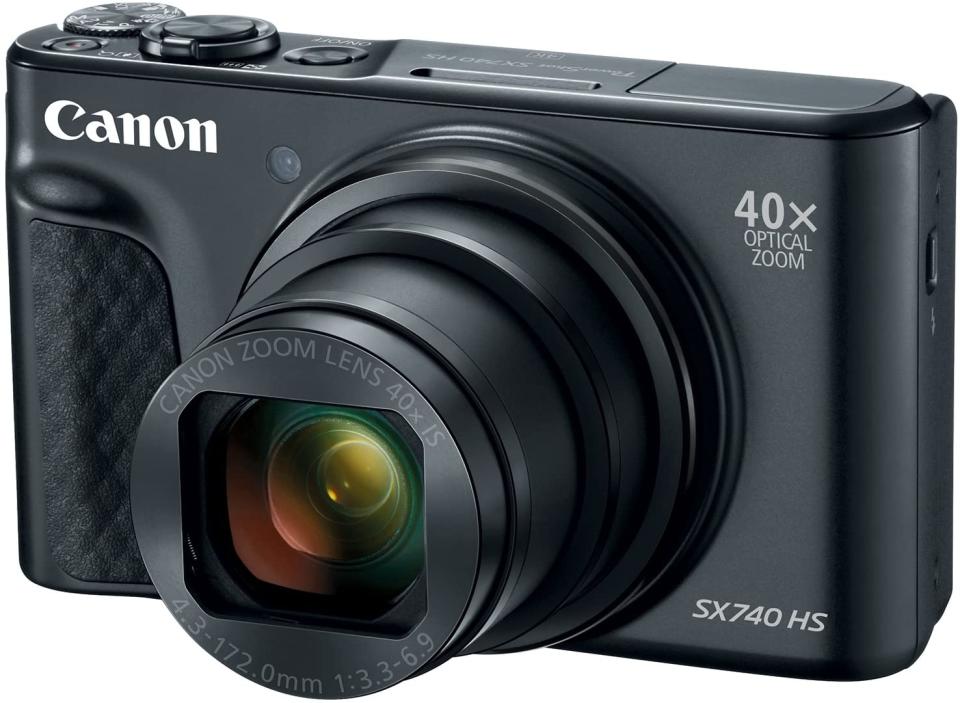
Canon PowerShot SX740
3. Olympus PEN E-PL10
Point-and-shoot cameras are a really great entry point for vloggers, but if you want to get a camera you can upgrade or augment over time, Olympus' Pen E-PL10 is the right choice.
It's a Micro 4/3 camera, which looks like a point-and-shoot, but allows you to switch out its lens. If you're a dynamic vlogger — someone who does some shoots indoors, some outdoors, wants extreme closeups without grain, or faraway shots with a lot of detail — the option to switch to the appropriate lens is huge. I've shot on an older version of this Olympus Micro 4/3 camera and have been incredibly happy with the photos I'm able to get from it, even when I have it set to automatic. If you mess around with the zoom and focus settings manually, you'll get even higher quality video.
On the technical side, the E-PL10 scores very highly. It's the latest in this line of cameras, and has a built-in WiFi antenna that allows you to wirelessly transfer videos and photos to your phone or tablet via an app (iOS and Android). You can also use your phone as a shutter button to record and stop videos without touching the camera.
The E-PL10 does pretty well on the photo and video quality side, too. It has a 16MP lens that can shoot 4K video at 30fps. It supports HDR (high dynamic range), an image technology that makes the color in pictures and videos look more authentic. This feature will save you time from having to edit your footage so skin tones or color-rich shots (green grass and a clear, blue sky for instance) look the way they did when you recorded your vlog.
If there's a downside to the E-PL10, it's that micro 4/3 cameras aren't quite as simple to use as a point-and-shoot, whose name literally explains how to use it. Picking the right lens, and carrying around extra gear may be cumbersome, but having the option may be worth it to you if you're set on getting the perfect shot every time.
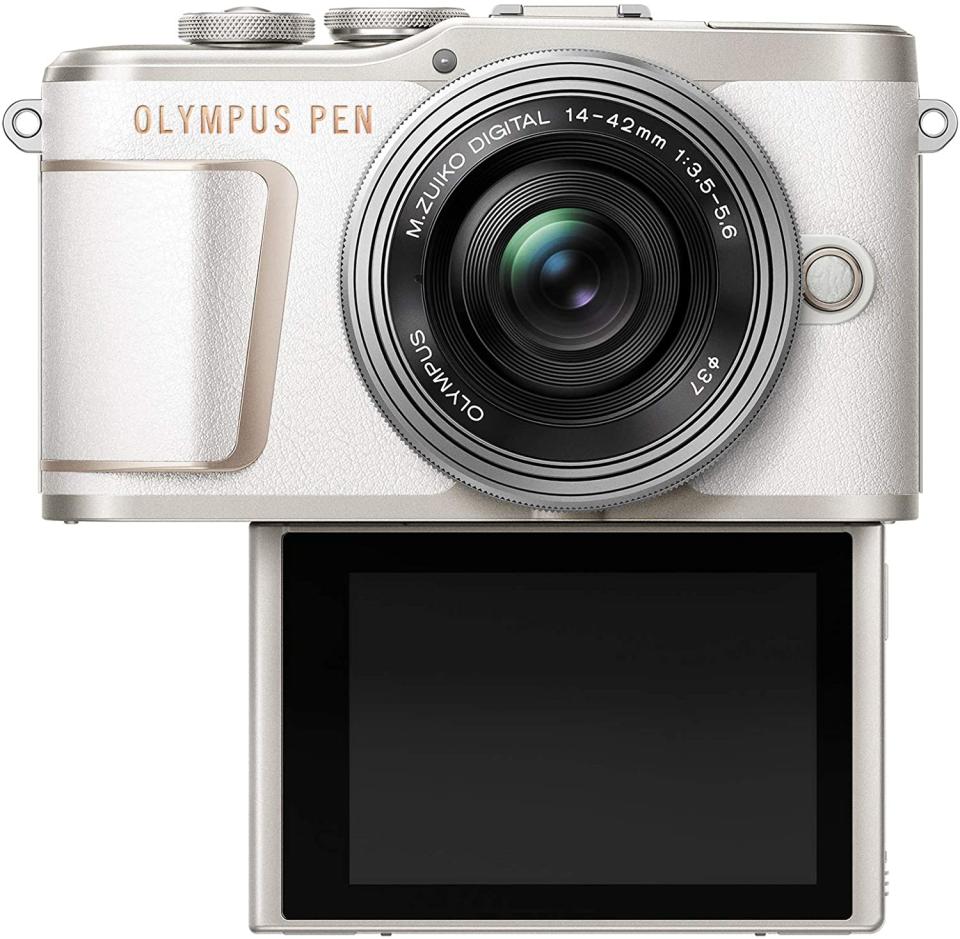
Olympus PEN E-PL10
Best of Rolling Stone

